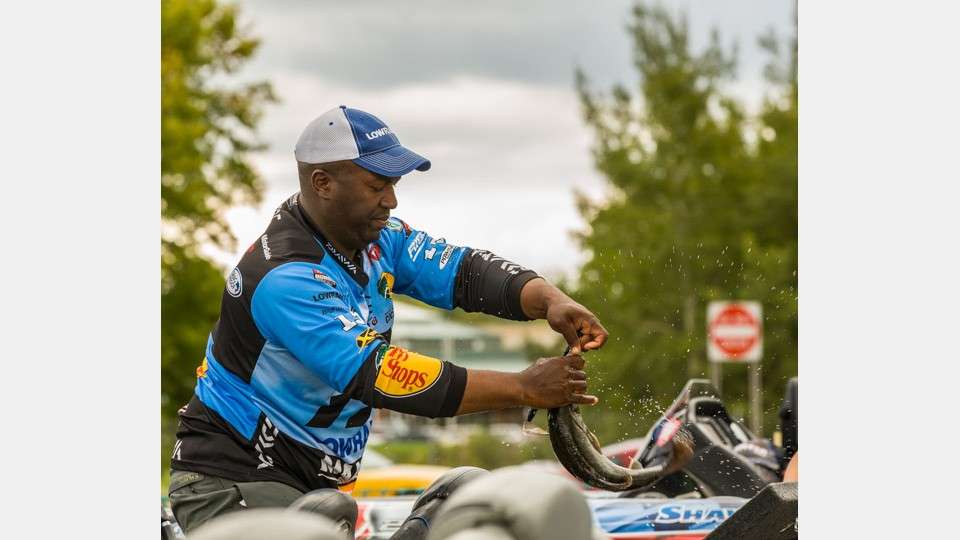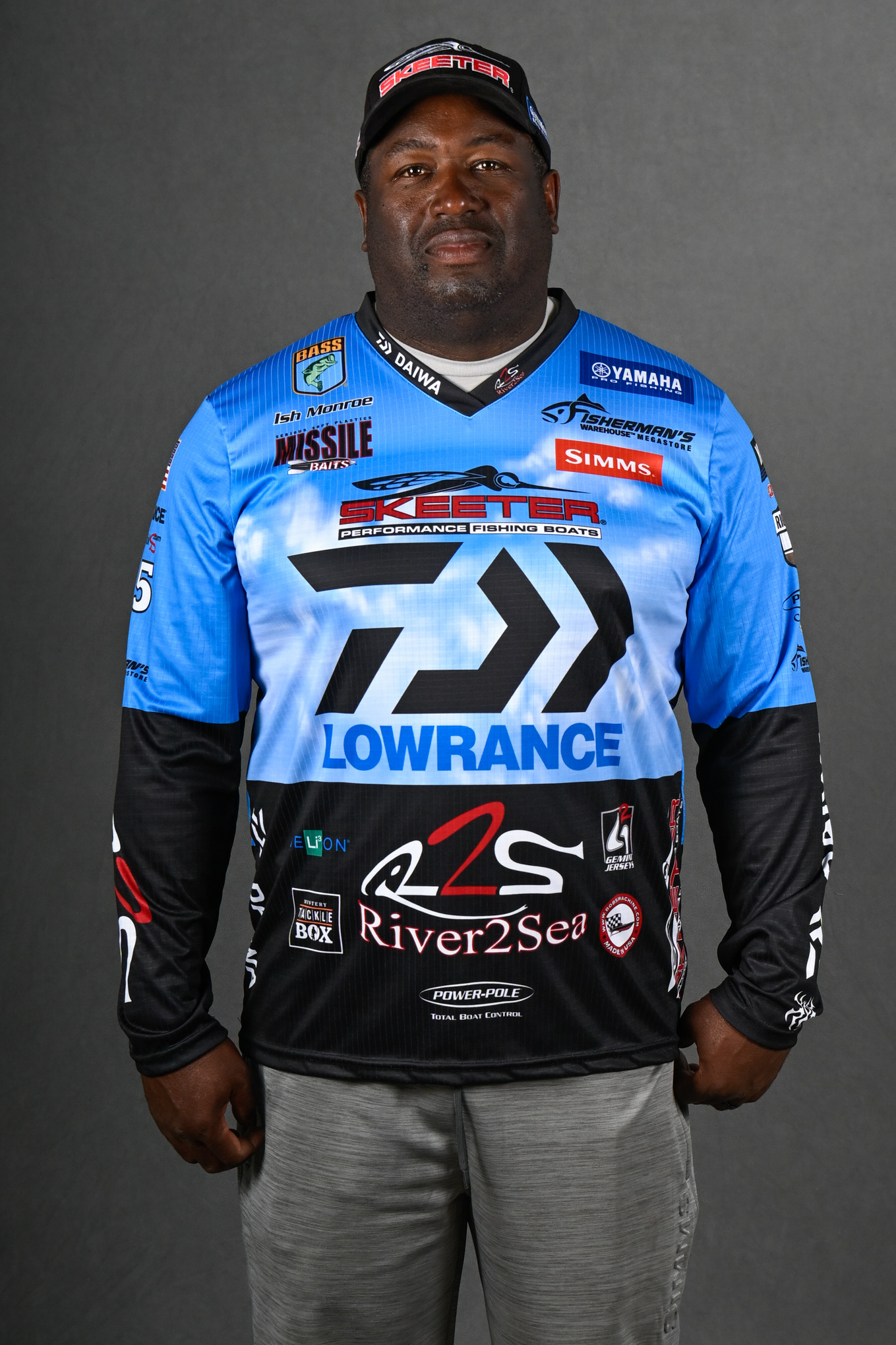
There’s something going on with our sport that we need to talk about. Mike Iaconelli wrote a column about it this year, but I’d like to give you my take on things. It’s close to what Mike had to say but, at the same time, a little different. When I’m done saying what I have to say about that I’m going to give you some unsolicited — but free and useful — advice.
I struggled at Mille Lacs. That’s on me. At the same time though I didn’t get any help from some of the fans. I’m not saying that anyone was targeting me as an individual. They weren’t. Other anglers complained about the same thing. Here’s how it all went down.
My plan was to flip and pitch reeds. The water was gin clear, and they were really shallow. Two feet was the deepest. Most of the time I was fishing shallower than that. The strips of reeds were between 50 and 150 yards long. These were one or two fish spots. I fished them two or three times a day.
Much of the time I’d start at one end and work my way towards the other end. But, within a few minutes a recreational angler would start fishing the other end and work towards me. Obviously, much of my spot was ruined. Just as bad, some anglers would bump the reeds. That not only ruined their chances of catching a quality bass, but it also ruined mine.
I know this was tournament specific. I stayed a couple of extra days. After we left there was never more than three trailers at any ramp.
No one is challenging anyone’s right to fish. The waters are public. That’s a fact. But, there’s something called common courtesy and manners. I call it respect for the game. It would be bad enough if it was just one angler. We could call him a bad apple in the barrel. But it wasn’t just one angler. It was a different boat on nearly every strip of reeds.
This is becoming a big problem. It’s not about who has the right, legal or otherwise, to fish. It’s about respect. Fishing isn’t the only aspect of society that seems to be losing that concept, but it’s the one I live and work in so it’s the one I’m talking about today. We can do better.
OK, now let’s get to something you can do besides fishing the same spots as the tournament anglers if the Elite Series visits your lake or river. If you do the things I’m about to suggest, I guarantee you that you’ll catch more bass than ever after we leave.
First, make sure your GPS is in good working order. Motor around and find an angler who you know is, or will, catch quality weight. Mark the spot. You can estimate where he’s fishing and mark the spot with your electronics by using your crosshairs.
Second, get a new paper map. Details matter so go with the best one you can find. Mark the spots he’s fishing on it. You can triangulate. If you don’t know how to do that, there’s plenty of how-to information about it on the Internet. Use landmarks and easily identifiable shore structures and unusual features.
Your waypoint doesn’t have to be perfect. If it’s close, you can find his stump or rock pile after the tournament is over with your SONAR and put a waypoint right on top of it. This isn’t brain surgery.
Finally, sit still. Stay well away from him and watch with a set of quality field glasses. Pay close attention to what kind of lure he’s throwing—design, size, color. Make written notes of what you see. Include things like the overall weather pattern, cloud cover, wind, water temperature, water level, time of day, boat position and direction of retrieve.
Use us to your advantage in a courteous way without interfering with what we’re doing. In the long run it’ll be more beneficial to you than fishing the spots we’re fishing on a tournament day.
I wouldn’t move in on your boat without permission, and you shouldn’t move in on mine. It’s common sense. It applies to every angler fishing at every level.

